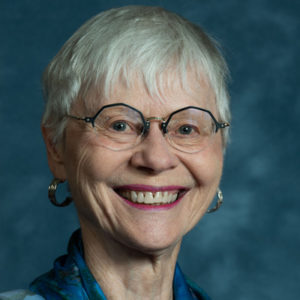
Joan Musbach
Educator
Joan Musbach taught American History in middle and high school for forty-one years, thirty-eight of those in the Ladue School District in St. Louis County. She earned a BA in History from the University of Kansas, an MAT from Northwestern University and has done post-graduate work in American History at Stanford and the University of Virginia. She has presented strategies for teaching American History at teacher workshops for the National Council for History Education and the National Endowment for the Humanities. In semi-retirement she was an Adjunct Professor of Education at Webster University supervising student teachers. She now enjoys full retirement teaching courses for OASIS in St. Louis and sharing stories about American History with anyone who will listen!
Classes
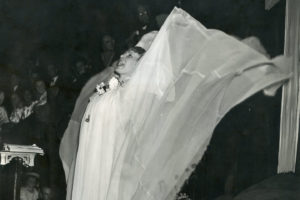
Aimee Semple McPherson
Multi-Session Class
Mondays, February 8–15
*10–11 a.m. CT *all times are listed in central time
20$
Aimee Semple McPherson is variously described as “melodramatic,” “the world’s most pulchritudinous evangelist,” purveyor of “opera-bouffe episodes” to attract “wide-eyes tourists,” or ignored altogether in histories of 1920 – 1945. Some histories mention her in connection with her use of the radio but nothing more.
McPherson’s life is too interesting to be so easily dismissed. Her impact on people hungering for “the old-time religion” in an era of change, and her willingness to be relevant to her times need to be explored. She gained celebrity status and used that status to do the work to which she was called. She preached to robed Klansmen, African Americans, and Mexicans. Although she did not define herself as a feminist she believed, as she said in 1936, “Sex has nothing to do with the pulpit, and pants don’t make preachers.” If you have ever said, “It’s my story and I’m sticking to it,” you were quoting Aimee Semple McPherson!
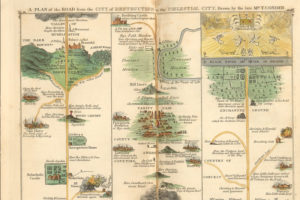
Religion and the Founding of America
Monday, February 22
*10–11 a.m. CT *all times are listed in central time
10$
Every civilization has its “creation story.” The American creation story typically begins with the Pilgrims stepping into the New World at Plymouth Rock to have religious freedom. Dissenters from the Anglican Church, they sought to practice their Christian faith as they wished and establish their “City on a Hill” as a beacon to all. Or so it is told and happily believed. Those who revere “traditional American history” fulminate at any variation on this story. But does the premise fit the reality? How important was religion in the founding of America? What religious beliefs sustained the colonists? In this class we will look at how religion plays into the narrative of the founding of the 13 American colonies and thus the impact on our cultural history.
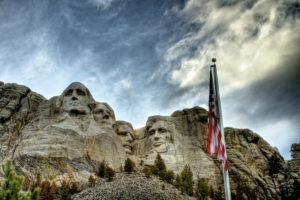
Was America Founded as a Christian Nation?
Monday, March 1
*10-11 a.m. CT *all times are listed in Central time
10$
Interest is keen regarding the role of religion in the founding of America and the religious faith, or lack thereof, of the Founding Fathers. Much of this is fueled by socio-political agendas, in which advocates are seeking validation by assertions of analogous political beliefs in documents of our founding. But it is complicated! Author Randall Terry is credited with the statement: “He who frames the question wins the debate.” In this class we will consider the framing of this question and the implications of the terms used. We will explore the nature of and influence of religious ideas in the Declaration of Independence and the Constitution and the context and wording of the First Amendment. The intent is to be informative rather than argumentative and to observe that complicated questions have complicated answers.
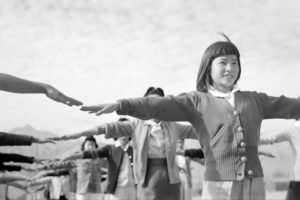
Japanese-American Internment
Multi-Session Class
Tuesday & Thursday,
March 9 & 11
*10-11 a.m. CT *all times are listed in Central time
20$
The World War II internment of 110,000 Japanese Americans is variously described as wartime necessity, hysteria, economic exploitation, fascist duplication, and unbridled racial prejudice. The evacuation from the west coast and internment inland was authorized by Executive Order 9066, signed by President Franklin Roosevelt in February, 1942. In 1943 the U. S. Supreme Court in Hirabayashi v. United States upheld restrictions placed by the government on Japanese Americans on the coast. Then the case was used as precedent to legally justify removal as a military necessity by the U. S. Supreme Court in 1944 in Korematsu v. United States. This class will follow the story from 1942 to 1988 when President Ronald Reagan signed into law an apology to the survivors and authorized a payment to each as belated compensation for their losses.

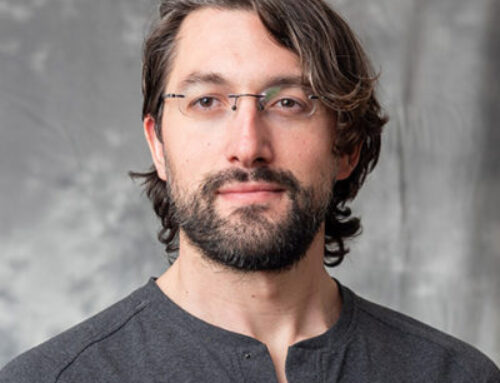
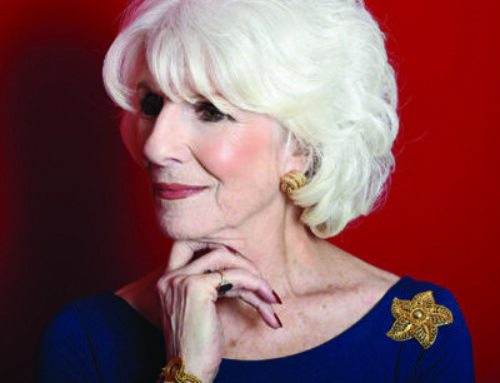
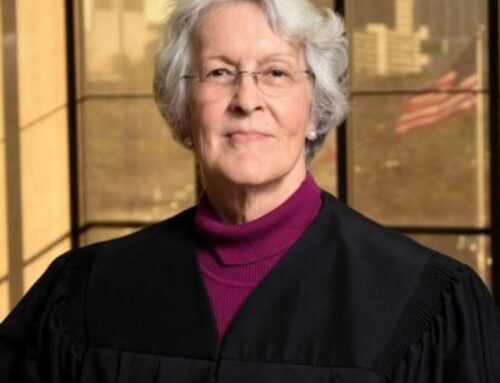
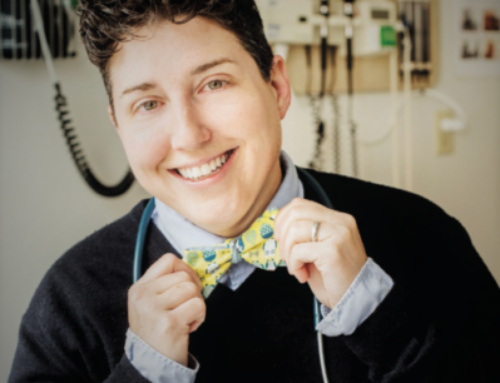
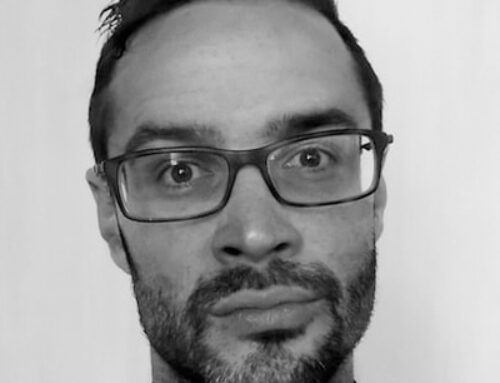
Leave A Comment
You must be logged in to post a comment.